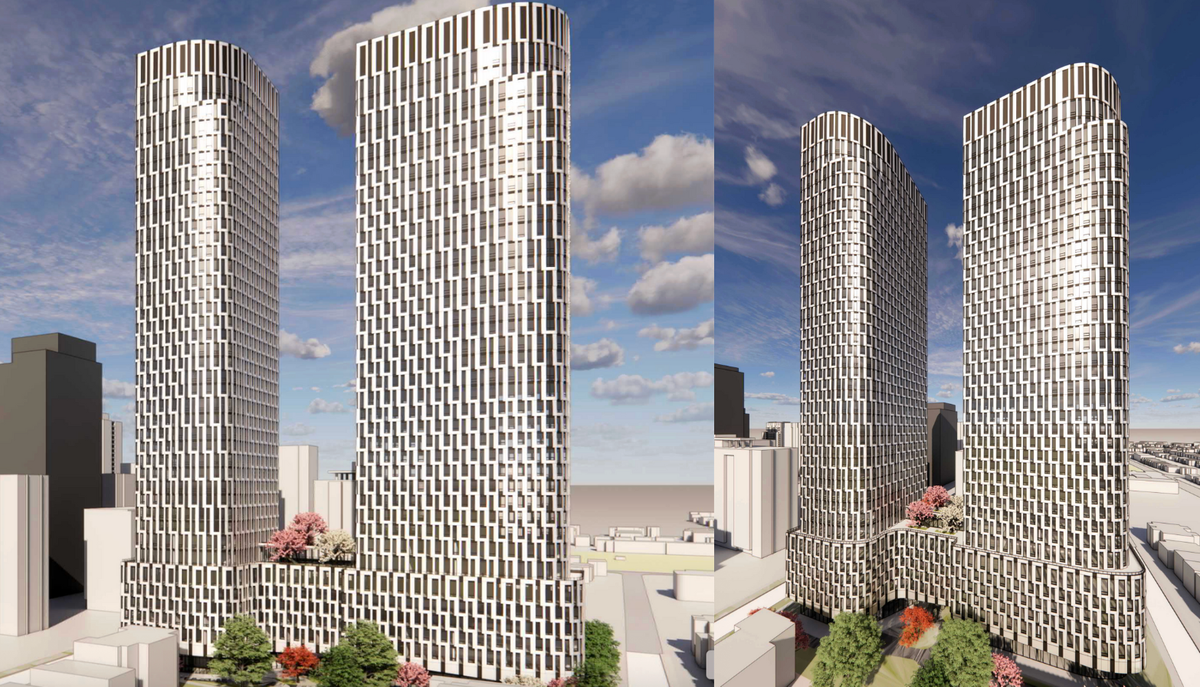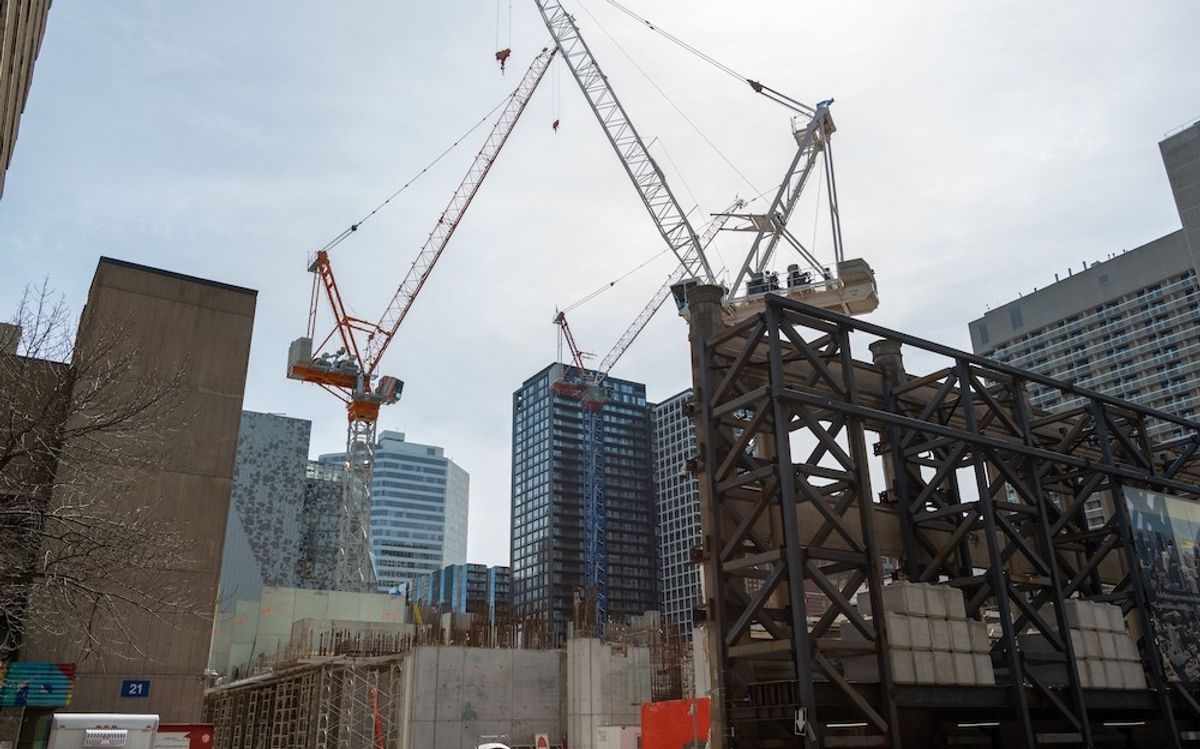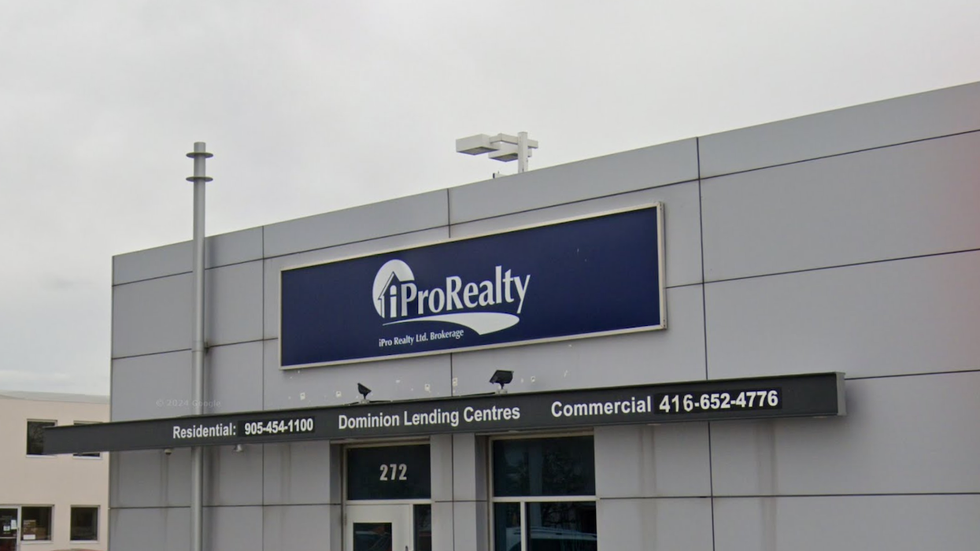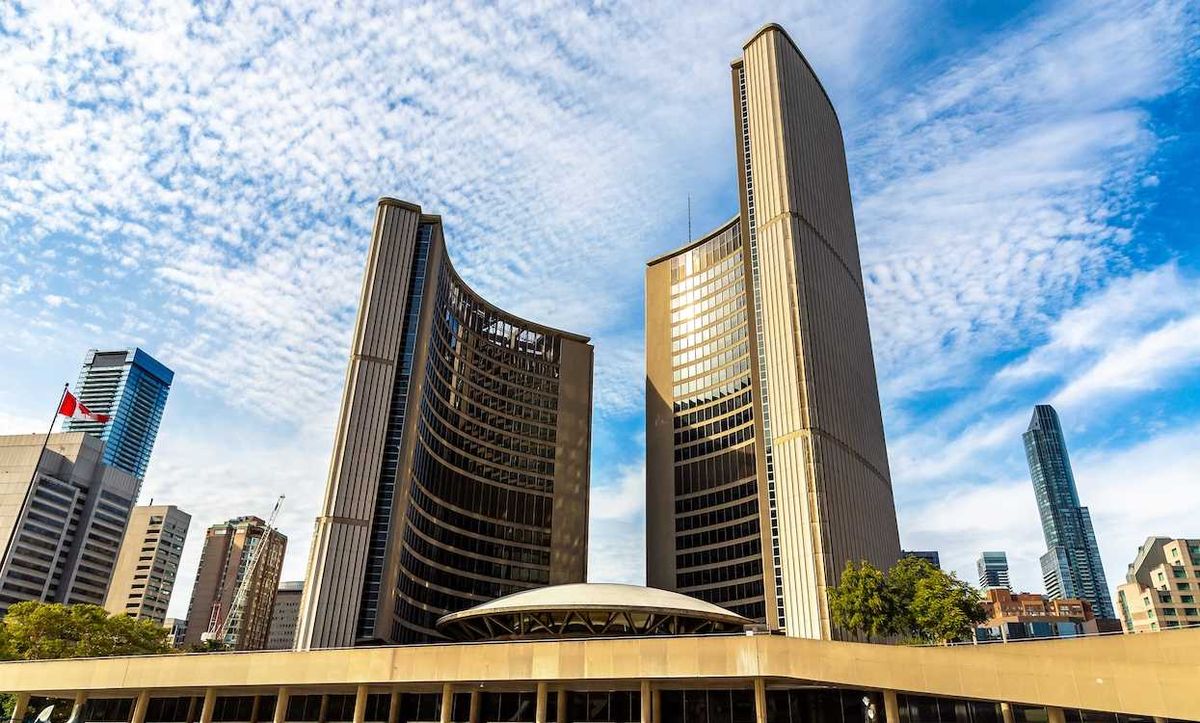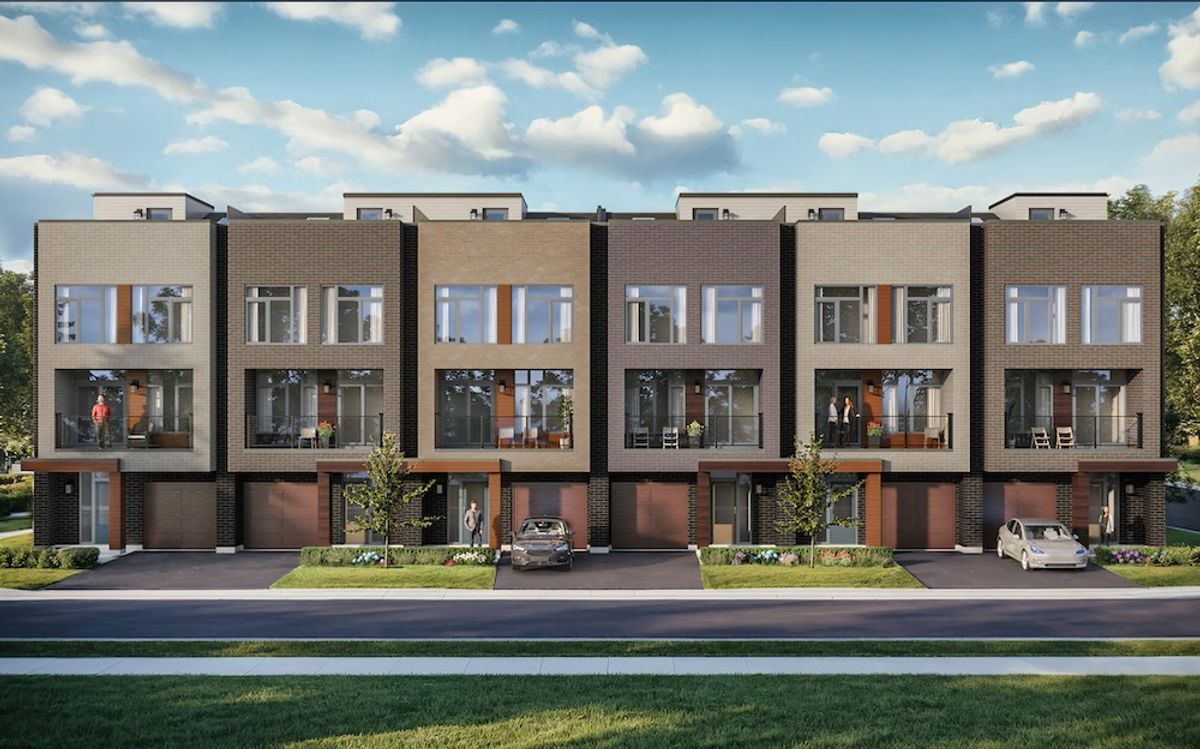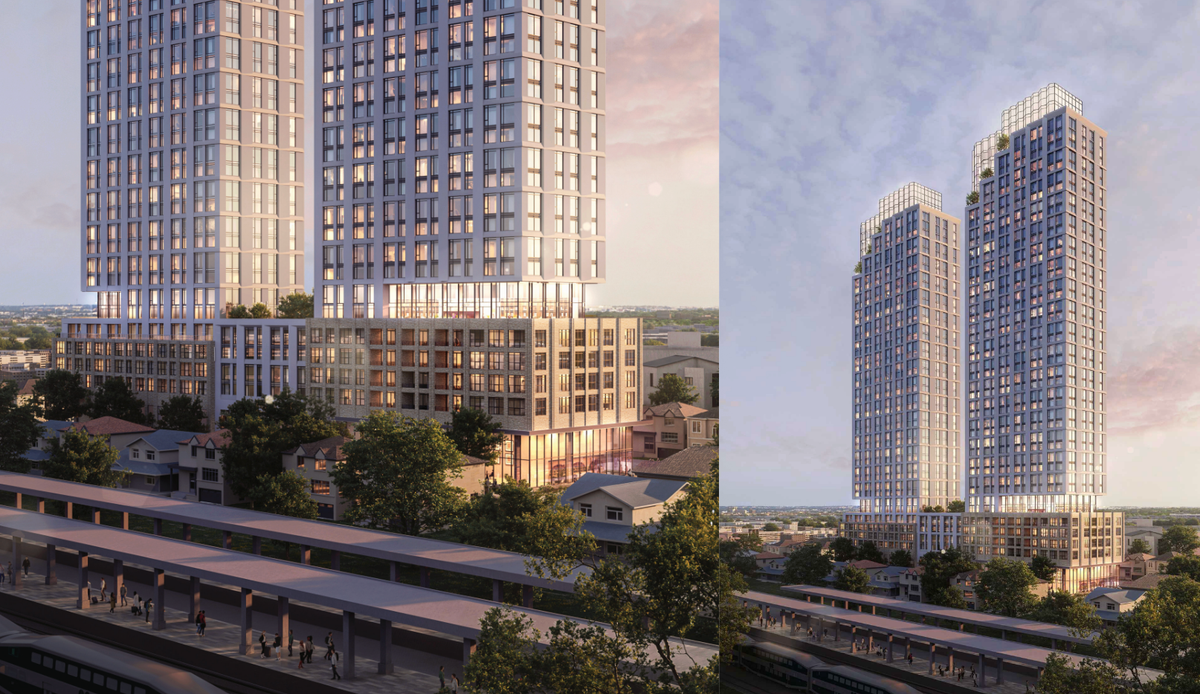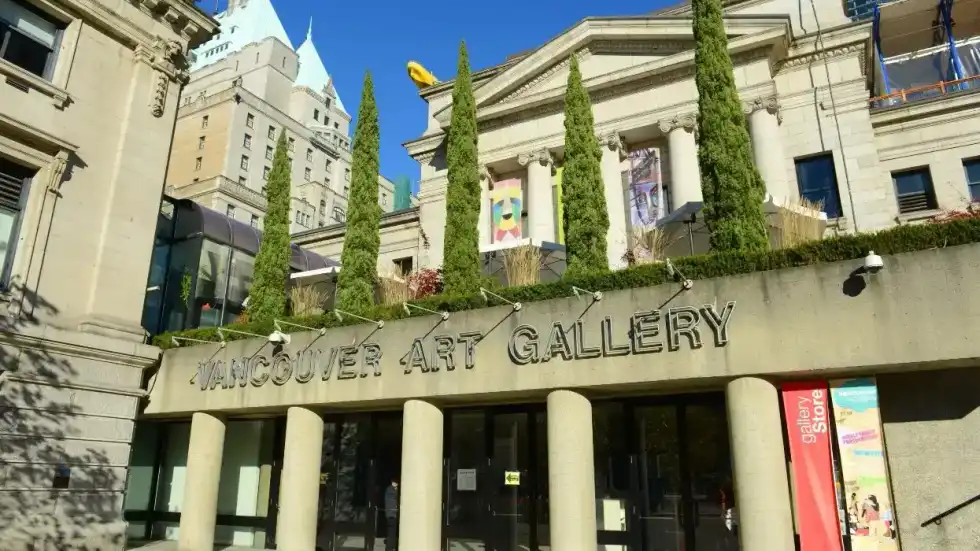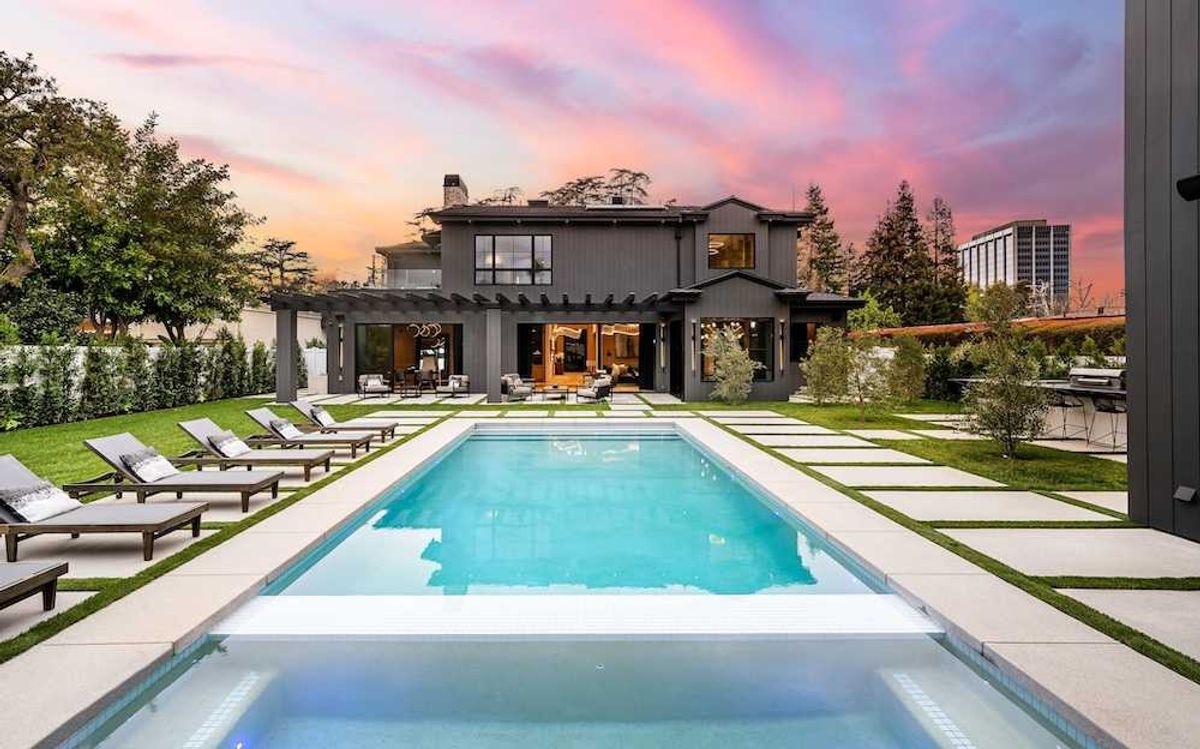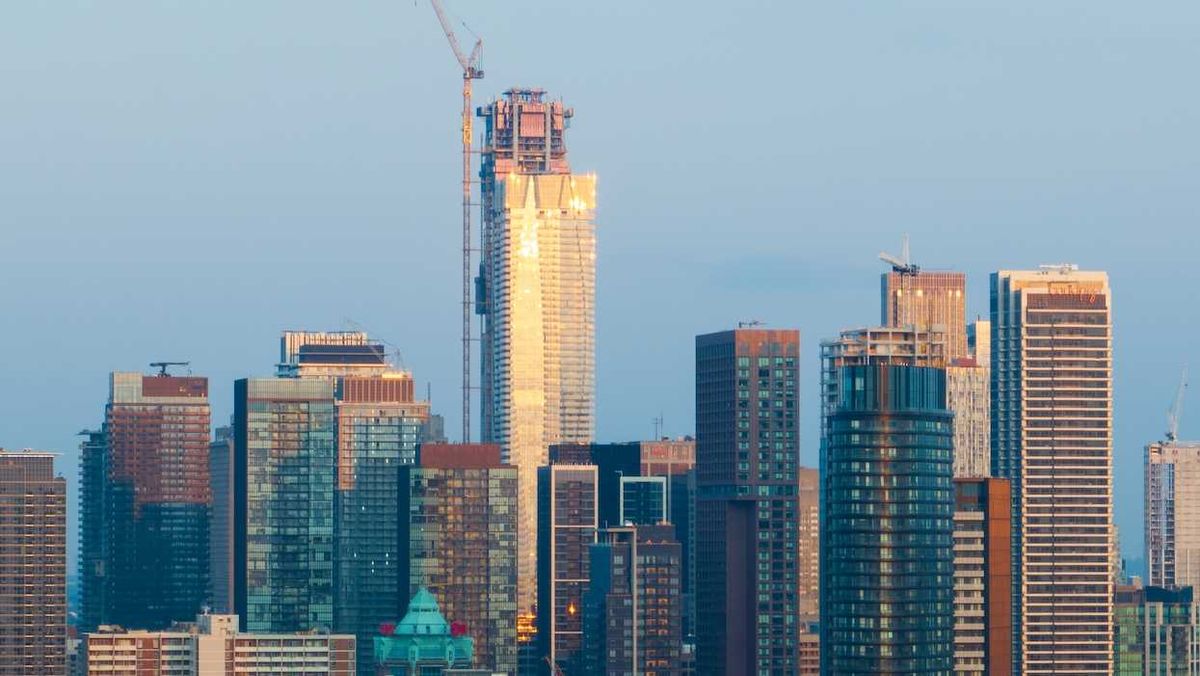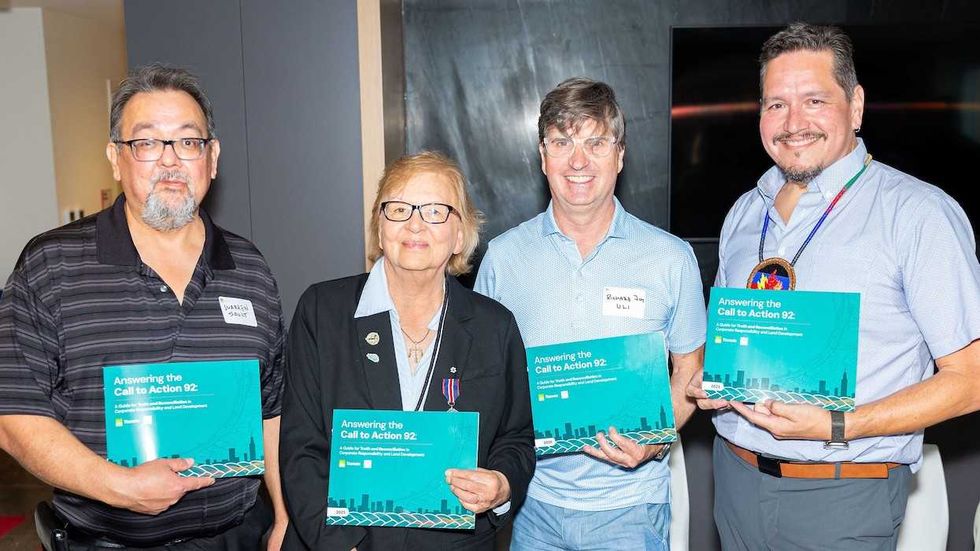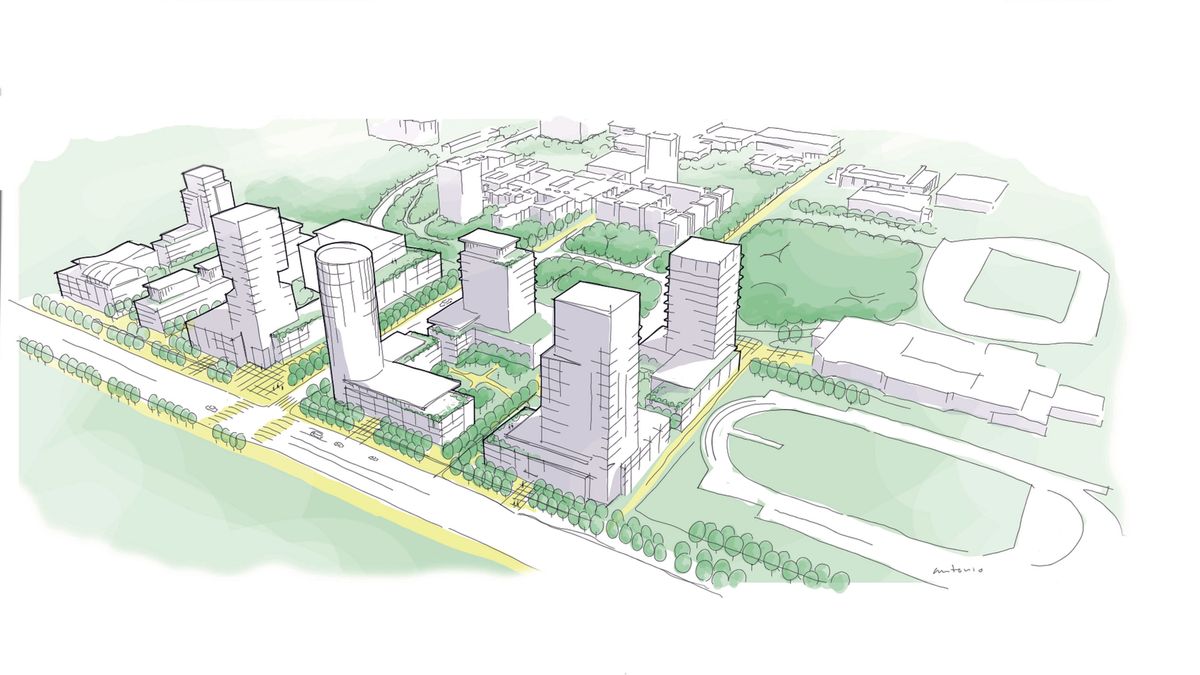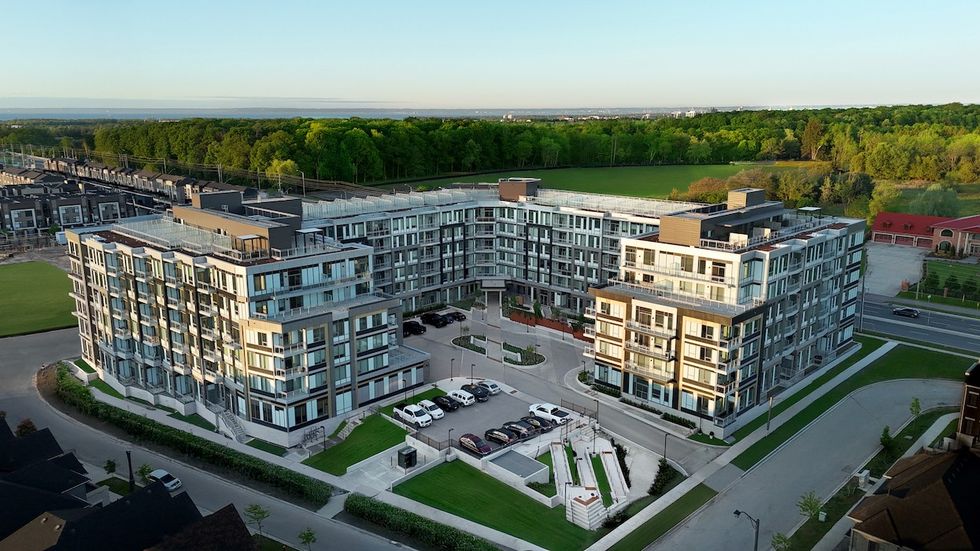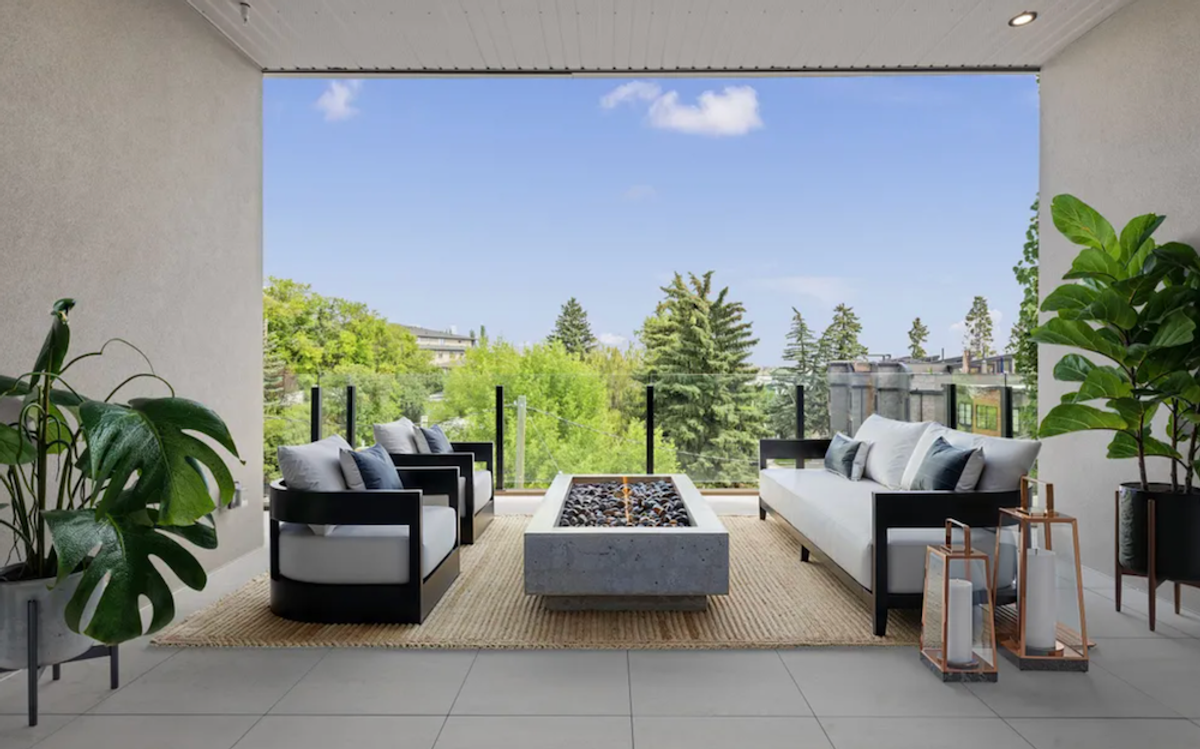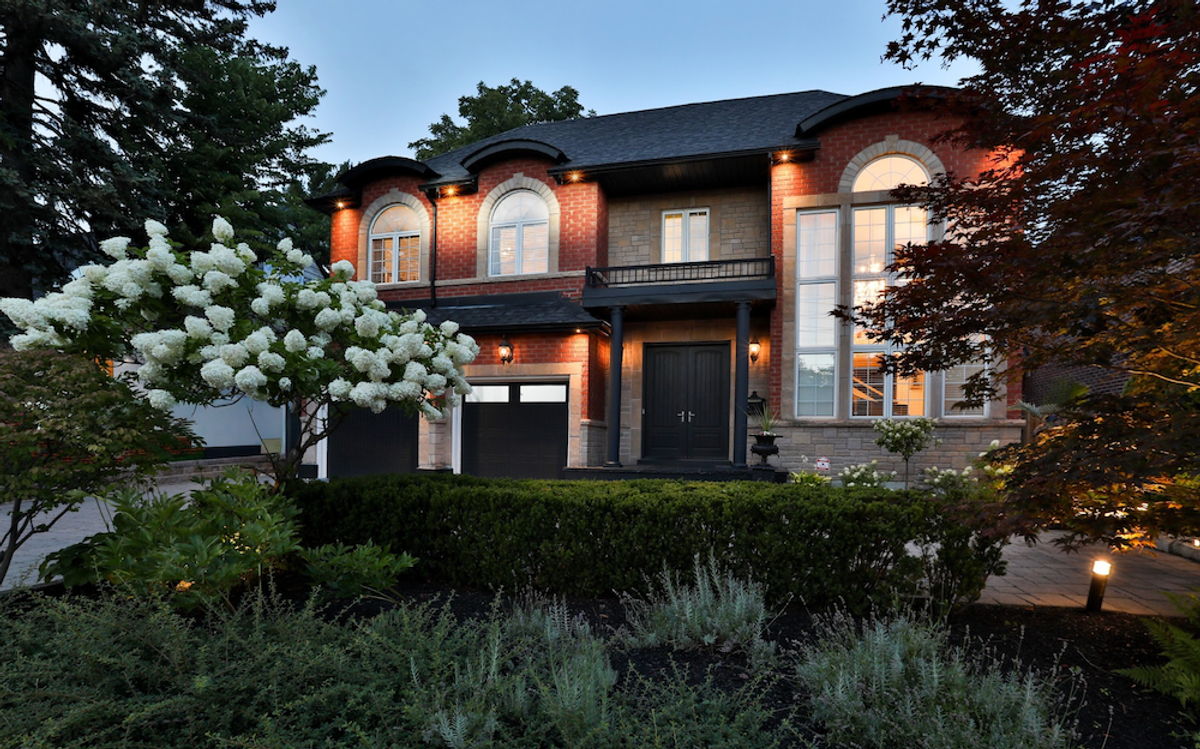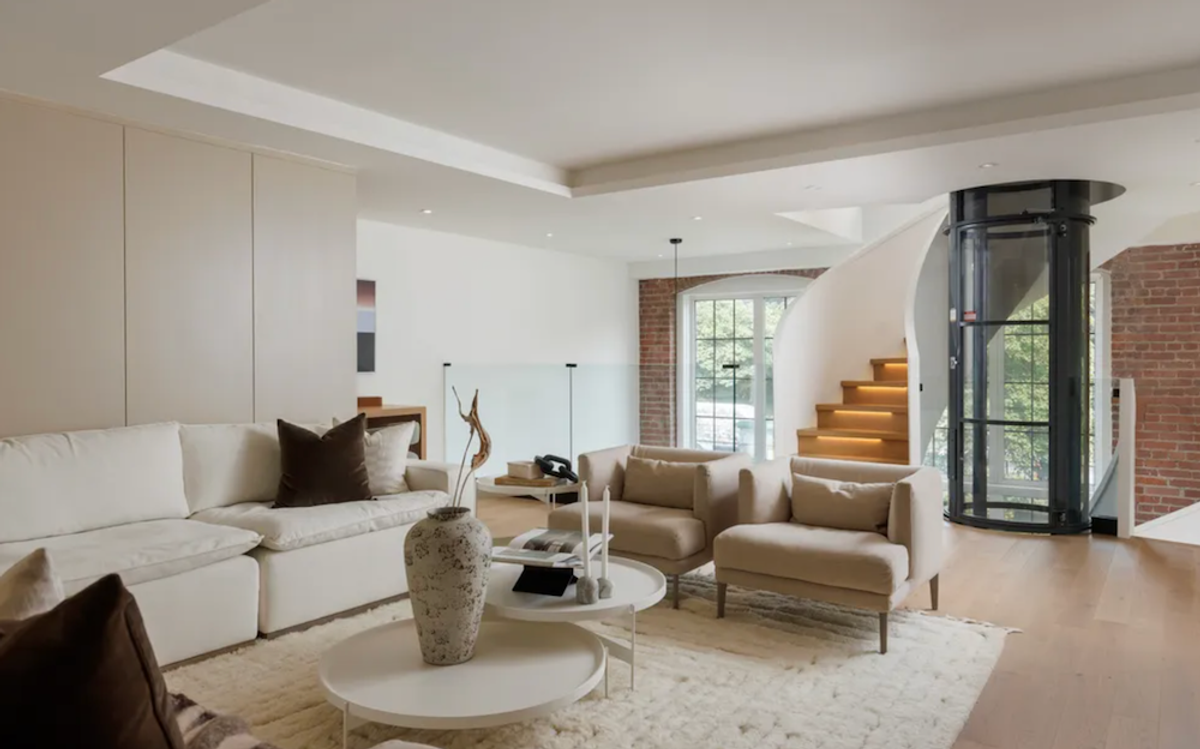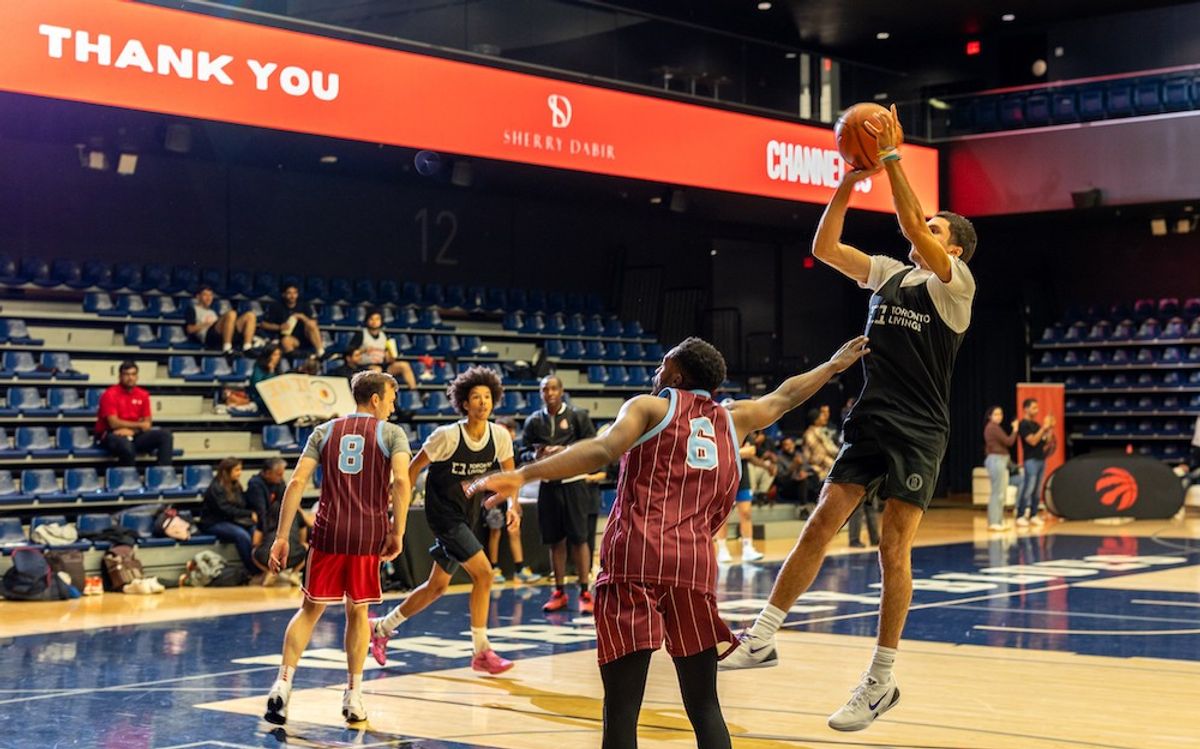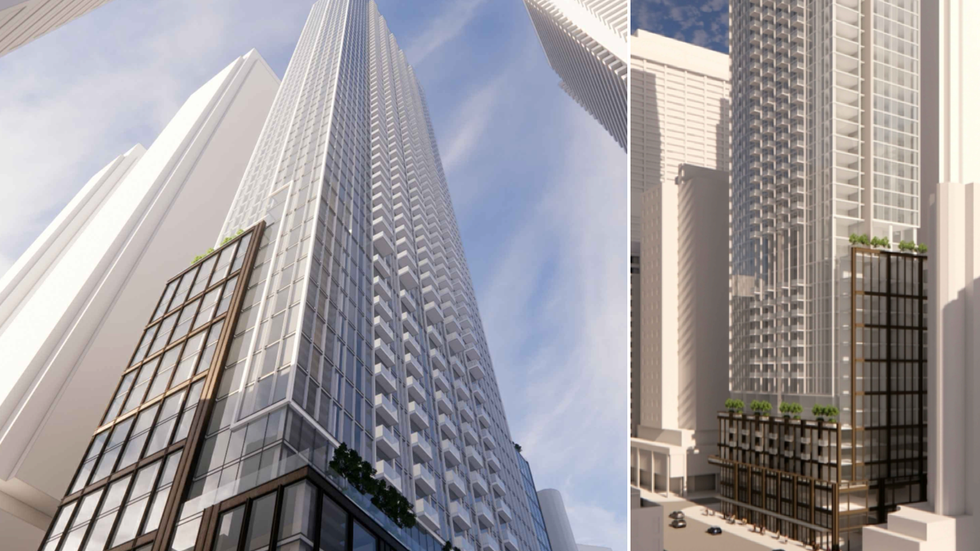This morning, the City of Vancouver announced that it is launching public engagement on a series of significant policy changes to increase housing options in the Downtown Eastside, the epicentre of British Columbia's homelessness crisis.
"The Downtown Eastside (DTES) is a historic and vibrant community facing an escalating housing crisis, worsened by the deterioration of Single Room Occupancy (SRO) buildings," said the City in information boards. "Rising housing costs, mental health and substance use issues, a toxic drug supply, deepening poverty, and the lasting effects of COVID-19 are creating complex challenges."
In 2014, City Council approved the Downtown Eastside Plan focused on the area immediately east of downtown Vancouver all the way to Clark Drive and north of the False Creek Flats. The neighbourhood includes Gastown, Victory Square, Chinatown, Downtown Eastside Oppenheimer District (DEOD), Thornton Park, Strathcona, and Industrial sub-areas, and is home to a majority of Vancouver's SRO buildings.
The Downtown Eastside Plan includes 10-year and 30-year housing objectives pertaining to social housing units, market rental units, SRO upgrades. Over 30 years, the objectives are to create 4,400 new social housing units, create 3,000 new market rental units, and "encourage" 2,200 upgrades to SRO rooms. By the 10-year mark of the Downtown Eastside Plan, the goal was to hit 1,400 new social housing units, 1,650 new market rental units, and 1,900 upgrades to SRO rooms.
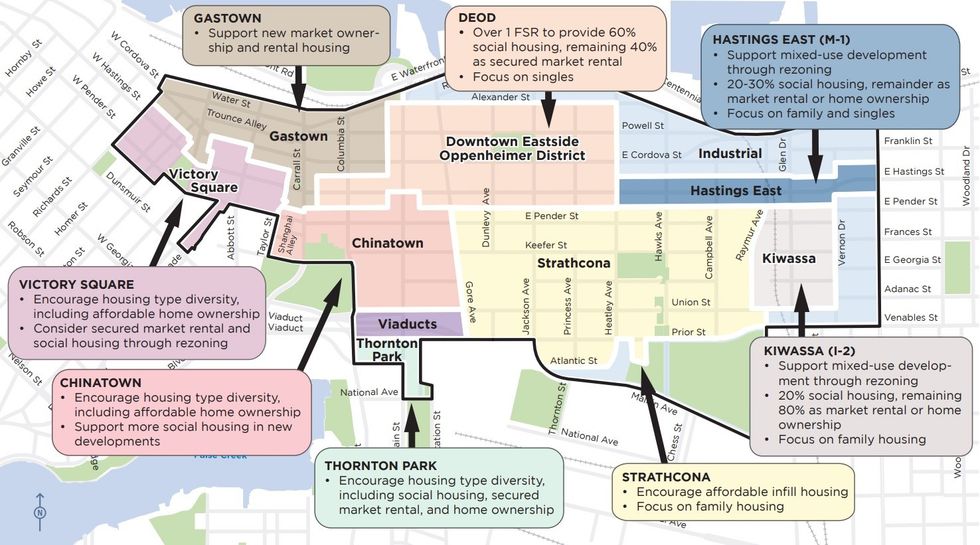
The 10-year mark has now come and passed, and the results have been mixed. Although 1,800 social housing units have been created and that exceeds the 10-year target, only 600 market rental units have been completed, falling well short of the 10-year target. The City did not provide SRO upgrade numbers, but says that 1,200 market ownership units have been completed, which is also less than half of the 10-year target.
Some of the challenges that are preventing more housing from being built in the DTES include limited opportunities for private developers to deliver low-income and moderate-income housing, social housing requirements that don't align with funding programs, a high number of deteriorating SRO buildings that make full replacement costly, and regulatory barriers such as height limits and heritage building requirements.
The Proposed Changes
In response to those challenges, the City is now proposing the following policy changes:
- Updating the policy for inclusionary social housing developments in the DEOD from 60% social housing and 40% secured market rental to 80% secured market rental housing and 20% social housing;
- Allowing private developers to deliver below-market rental housing with 10% of units at deeply discounted rents to replace SROs, along with strong tenant protections;
- Increasing the allowable height and density in some areas, up to 32 storeys, to support SRO replacement, private below-market rental housing and inclusionary social housing developments;
- Aligning the definition of social housing with government funding programs by adjusting the requirement from a minimum of 33% of units at the shelter rate of income assistance to a minimum of 30% of units at or below Housing Income Limits with at least 20% of units at the shelter rate of income assistance; and
- Streamlining development processes for heritage buildings while preserving important architectural features.
"The proposed changes are intended to address the housing crisis and enable the creation of affordable housing in the DTES, taking into consideration the financial realities of building new units," the City said in a press release. "While proposed changes would reduce the number of shelter rate housing and social housing units required for individual projects, they would improve the financial viability of these projects, leading to more overall social housing being built."
Those changes are to specific DTES policies, but the City is also proposing changes to other policies, including moderate changes to the three view cones that would enable up to 32 storeys in some areas of the DEOD. The three view cones are Queen Elizabeth Park, Olympic Plaza Stage, and Creekside Park. The first two saw no changes during last year's controversial view cone changes, while the last one was redefined.
"There are currently five protected public views in the DEOD and Thornton Park that limit building height to around 13 storeys," according to the City. "After reviewing these views, we found that we can raise the height limit for three of these views without significantly affecting the views of the mountains."

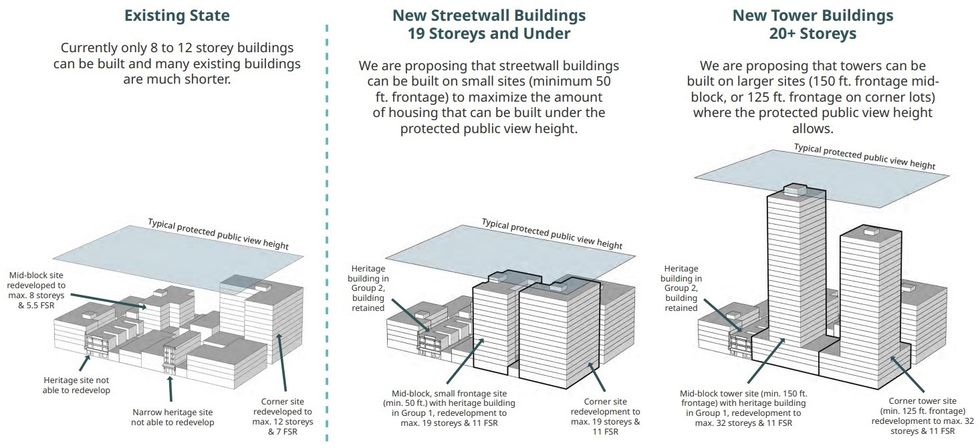
Additionally, the City is also proposing a change to address concerns about displacement that would "help ensure that those affected by redevelopment have the opportunity to either stay in the DTEST in new, modern buildings or transition to other affordable housing options across the city." The proposal would offer tenants the right to return to the new building at their existing rent or at a 50% discount from the City's average market rent (whichever is lower) and require landlords to pay for all moving expenses. Currently, the discount is 20% and landlords are required to pay between $750 and $1,000 for moving expenses.
Although the City's press release makes no mention of it, the City is also proposing a series of changes regarding SRO replacement, according to information boards. Proposed changes include relaxing the 1:1 (100%) replacement requirement to 50% for conversions and 20% for redevelopments, as well as allowing for SRO buildings to be replaced off-site. Other related changes include decreasing the minimum unit size from 320 sq. ft to 200 sq. ft in cases where SRO rooms are being converted into self-contained units with a private bathroom and cooking facilities, and requiring market rental projects with below-market units that replace SROs to provide the replacement units at a 50% discount from CMHC average rents.
After launching public engagement on April 23, the City will be hosting public engagement until May 16. Following that, the City will then work on drafting formal policy changes before presenting the recommendations to Council for consideration in November.
Press Release | Information Boards | Public Engagement Portal

